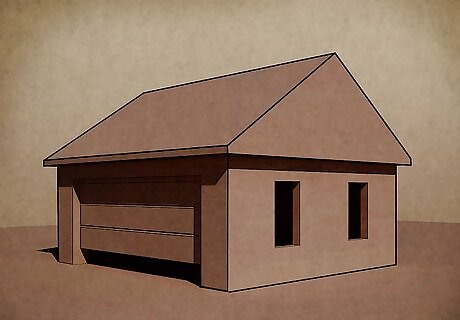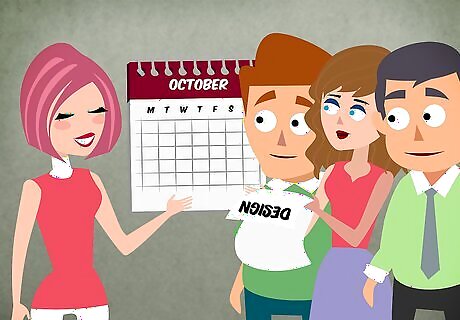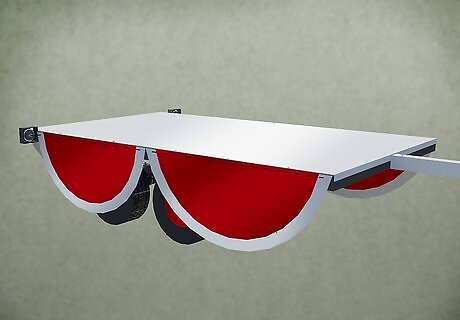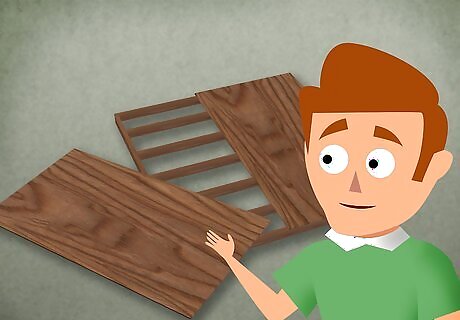
views

Contact the Parade Organizers. Many times, the parade committee will have resources to help you build your float. They should also have entry information (time to be at the formation area, insurance waivers, vehicle or decorating requirements) and the rules and regulations to ensure a safe parade.

Choose the theme for your float. This will depend on the type of parade or venue you will be displaying it in. A sports theme or Christmas float will not fit in well at a Mardi Gras parade. Be realistic in the scope of your project. If you have a certain message you hope your float conveys, whether it is Christmas greetings or a patriotic theme, think small for your first venture into this type of project.

Form a design team to work out the list of materials you will need and to assign specific work areas. The complexity of the project may require painters, model builders, carpenters, and the like. Having someone talented or skilled in these areas will make the job much easier.

Find funding for the project. Crepe paper, craft paper, flame retardant Floral Sheeting, poultry netting, paint, lumber, and all the other materials you may find you need are not cheap. Some local businesses like craft shops and hardware stores may be willing to donate, especially if their name can be incorporated as advertising in some non-obtrusive manner.

Pick the platform for your float. Usually, this is a flatbed trailer of some sort, and it needs to be available for a fairly long period, and be in good condition. No parade master appreciates a broken down float in their show. Make sure your platform's axle is rated for the amount of weight you putting on it.

Find a garage or other "out-of-the-weather" location for your work. You will need room to fabricate the details of your float, as well as to set up your trailer for the actual installation of them.

Get your workers together. If you are in a club, school class, or other organization, schedule work times and try to get commitments from the volunteers who sign on to help. This is where good leadership will come in handy.

Skirt it. Many floats are skirted with either plywood with fringe stapled on the bottom edge; extra-long fringe or table skirting; or poultry netting, a.k.a Chicken Wire with 1" holes wrapped around the base of the trailer hanging down close to the ground. Tissue paper "pomps" can be "gathered" to tuck into the holes in the poultry netting to make colorful designs, spell out messages, or form other artwork.

Set up platforms or stages. If you are building a multilevel float, you will want to build frames to support each "stage", or deck. This can be done using 2x4 lumber framing with a plywood decking and should use material strong enough to support anything which will set upon this deck or be built above it. You could also stack pallets and secure them together and to the deck. Usually, each tier, or stage, will have its skirt or wall of sorts around it.

Hook up lights or sound systems if you desire them. Sometimes, a small portable generator can be either concealed in the framework of your float or carried in the back of the truck towing the float with an extension cord running to the electrical devices that you need power for. You may want to ask the parade organizers if they have a qualified electrician to ask questions or take a look at your work. All cord and cables should be secured to prevent pinching, dragging and disconnection. The generator should be well-ventilated, far away from the passenger compartment, as quiet as possible, and operated where there is no risk of fire or fumes accumulating from it.

Take it on a test run. Ideally, you can find an out of the way place to make a practice pull of your new float. This will give you a chance to see if all of the decorations are securely attached and find out how it handles. Depending on how large and elaborate your float is, you may find you need a more powerful vehicle to tow it.

Go to the parade and show off your awesome, new float!




















Comments
0 comment